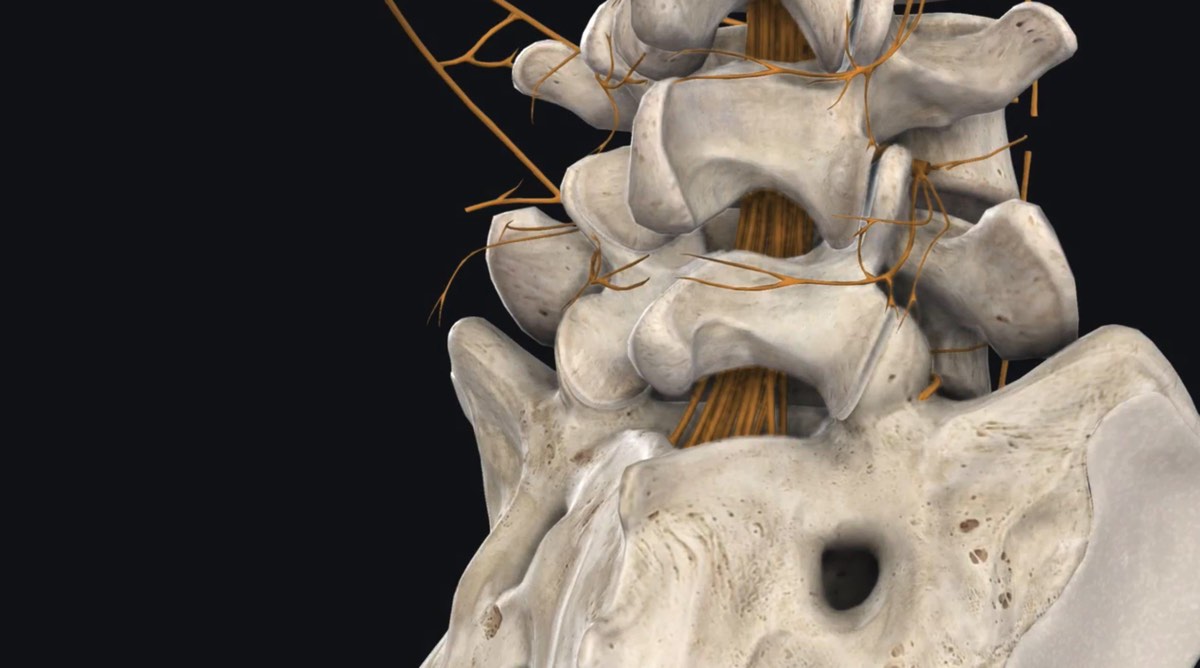NEW YORK (Reuters Health) – BRCA2, but not BRCA1, gene mutation is associated with improved survival and response to chemotherapy in women with high-grade serous ovarian cancer, an observational study finds.
The finding “may have important implications for clinical prediction and trial design and sheds new light on the function of these two genes,” Dr. Da Yang, of the University of Texas MD Anderson Cancer Center, Houston, and colleagues conclude in the October 12 issue of JAMA (Journal of the American Medical Association).
Studies to date have yielded conflicting data on the clinical significance of BRCA1 and 2 mutations in ovarian cancer.
Using data from The Cancer Genome Atlas research network, Dr. Yang and colleagues assessed the association of BRCA1 and BRCA2 mutations with overall survival and chemotherapy response in 316 women with high-grade serous ovarian cancer.
Two hundred nineteen of the women had wild-type BRCA, 35 had BRCA1-mutations, 33 had BRCA1 methylation, and 27 had BRCA2 mutations. Two women who had both BRCA1 and BRCA2 mutations were excluded.
Patients with BRCA1 and BRCA2 mutations did not differ significantly from each other with respect to tumor stage, grade, or histologic type; however, BRCA1 mutation carriers were younger at diagnosis (average age, 56 years) than wild-type and BRCA2 cases (average age 62 years and 61 years, respectively).
The investigators found significant differences in survival and response to chemotherapy according to BRCA mutation status, with better outcomes in BRCA2 mutation carriers.
The 5-year overall survival rate was 61% in BRCA2 mutation carriers compared with 25% in wild-type BRCA cases. In BRCA1 carriers, the 5-year survival rate was 44%, which is not significantly different from that in the wild-type BRCA cases.
Three-year progression-free survival was also significantly longer in BRCA2 mutation carriers than wild-type BRCA carriers or BRCA1 carriers; the rates were 44%, 16% and 22%, respectively.
In chemotherapy-sensitivity analyses, the researchers found that 100% of BRCA2-mutated tumors were sensitive to primary chemotherapy, compared with 82% of wild-type tumors and 80% of BRCA1-mutated tumors.
Moreover, the length of time free of platinum-based chemotherapy was also longer in BRCA2-mutated cases (18 months versus roughly 12 months for wild-type and BRCA1-mutated cases).
The researchers also report that BRCA2-mutated, but not BRCA1-mutated cases, exhibited a “mutator phenotype” by containing significantly more mutations than BRCA wild-type cases across the whole exome (median mutation number per sample, 84 for BRCA2-mutated vs 52 for BRCA wild-type cases).
Dr. Zhang and colleagues say their observations “provide evidence that BRCA1 and BRCA2 mutations are differentially associated with patient survival compared with wild-type BRCA and that this difference may be a result of distinct response to platinum-based treatment and different associations with genome instability.”
They say their findings should be validated due to the relatively small sample size.
In a linked commentary, Dr. Victor R. Grann and Dr. Ramon E. Parsons, of Columbia University Medical Center in New York City say this study provides a “major advance in the understanding of the use of new treatments for ovarian cancer among patients with BRCA mutations by demonstrating a difference in the response among patients with BRCA1 and BRCA2 mutations.”
“Further refinement in the understanding of the differences in the DNA repair deficits due to BRCA1 vs BRCA2 mutations could lead to therapy that is better targeted,” they write.
Reference:
JAMA 2011;306:1557-1565,1597-1598.









